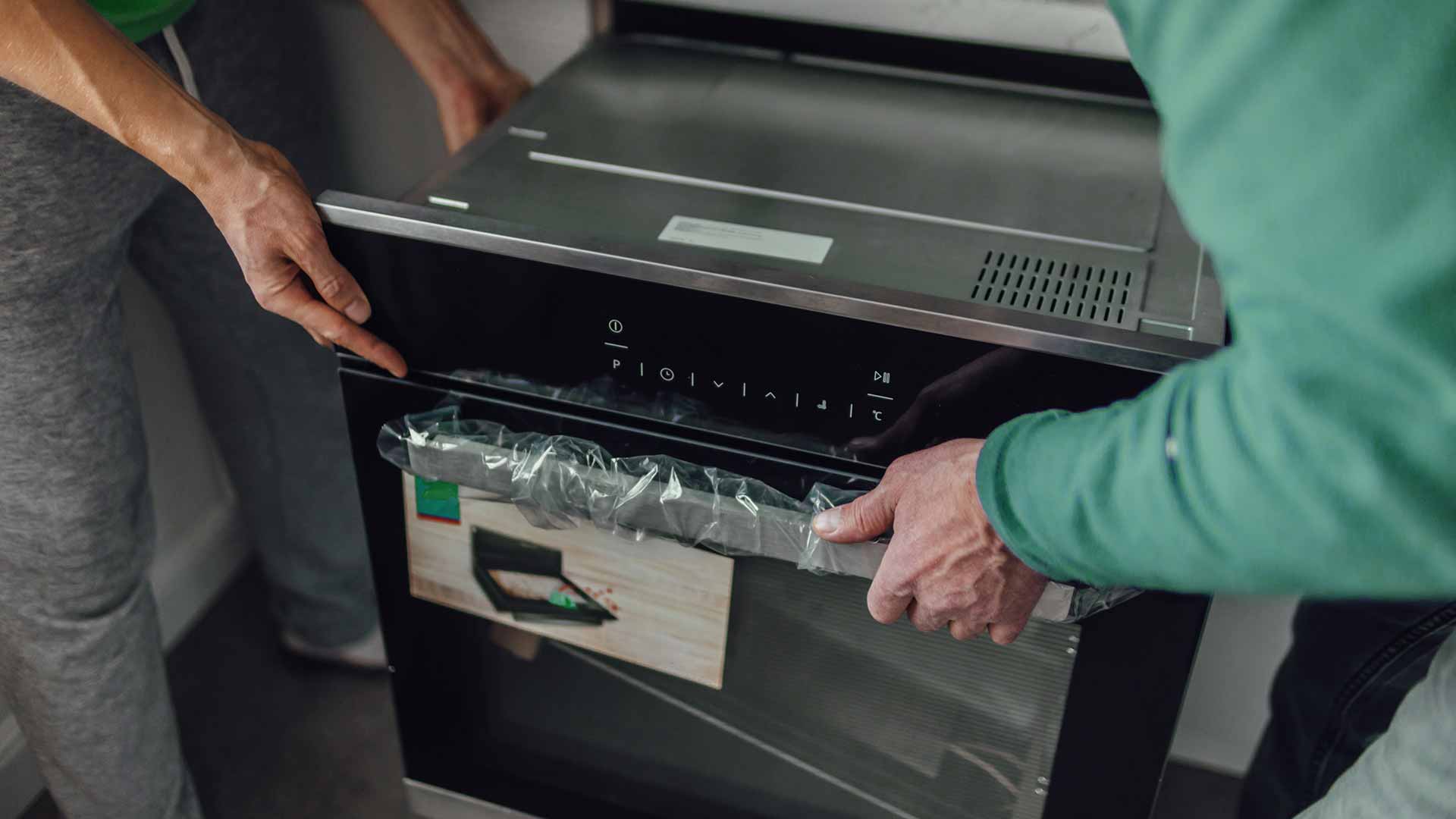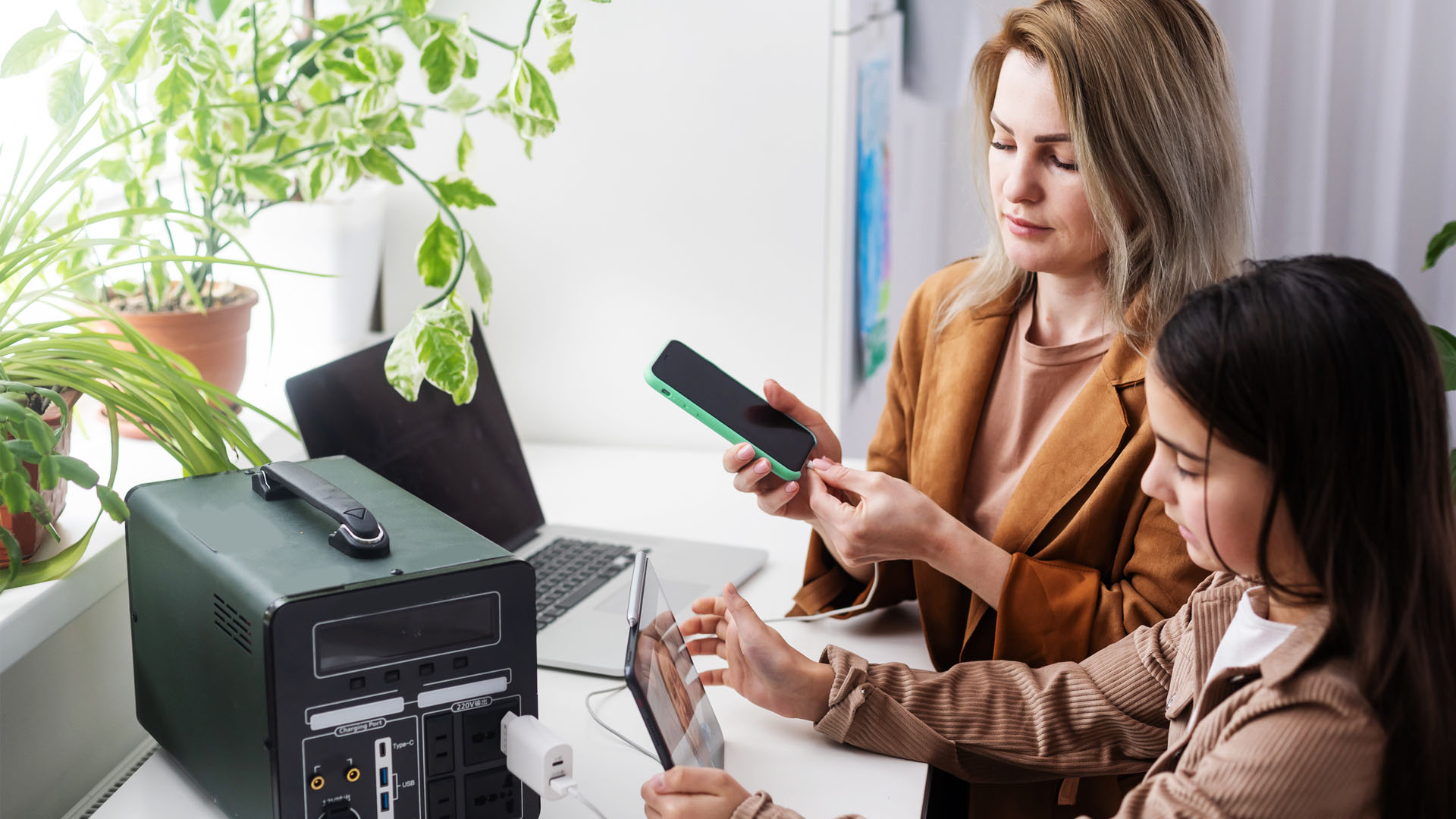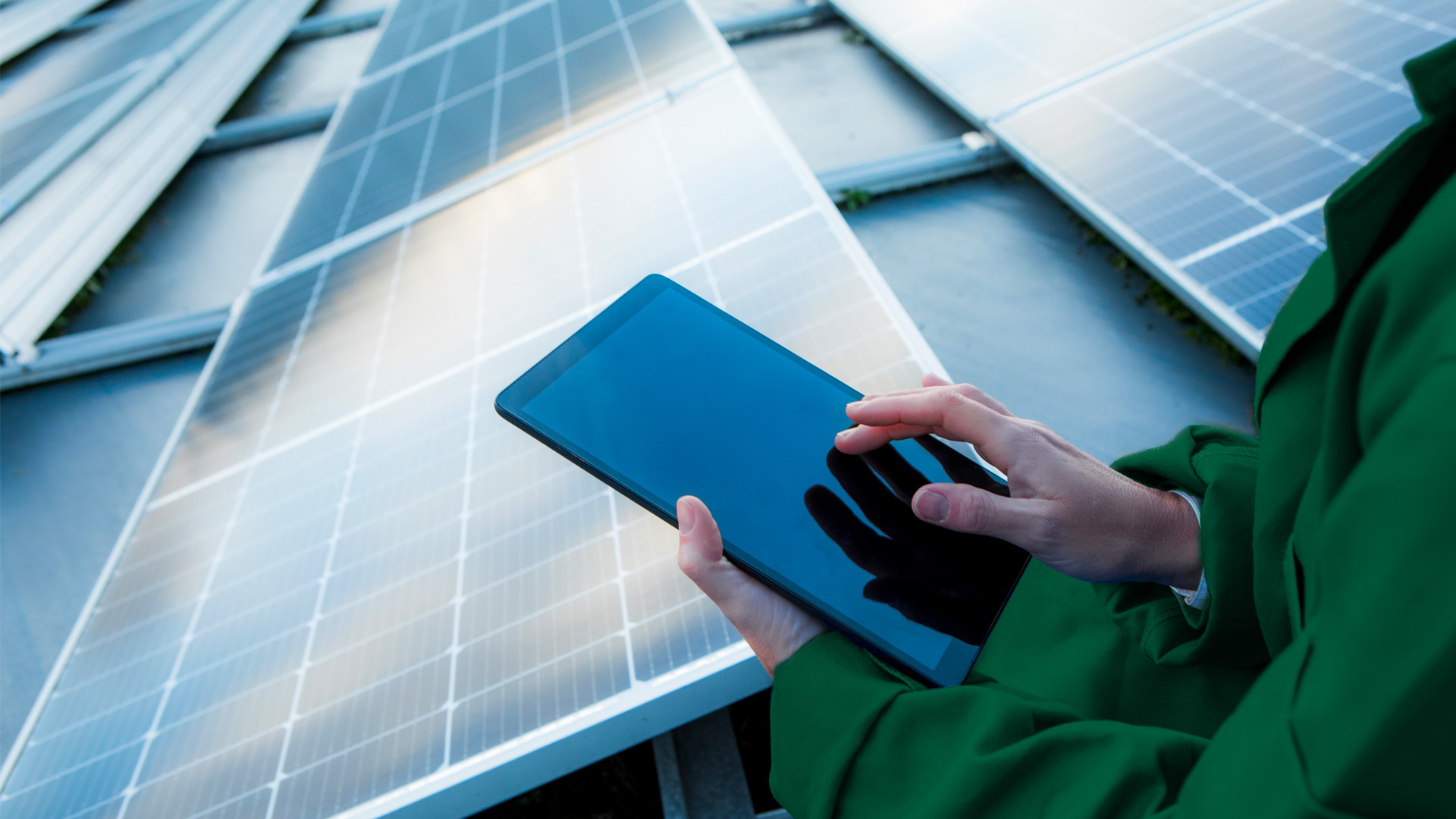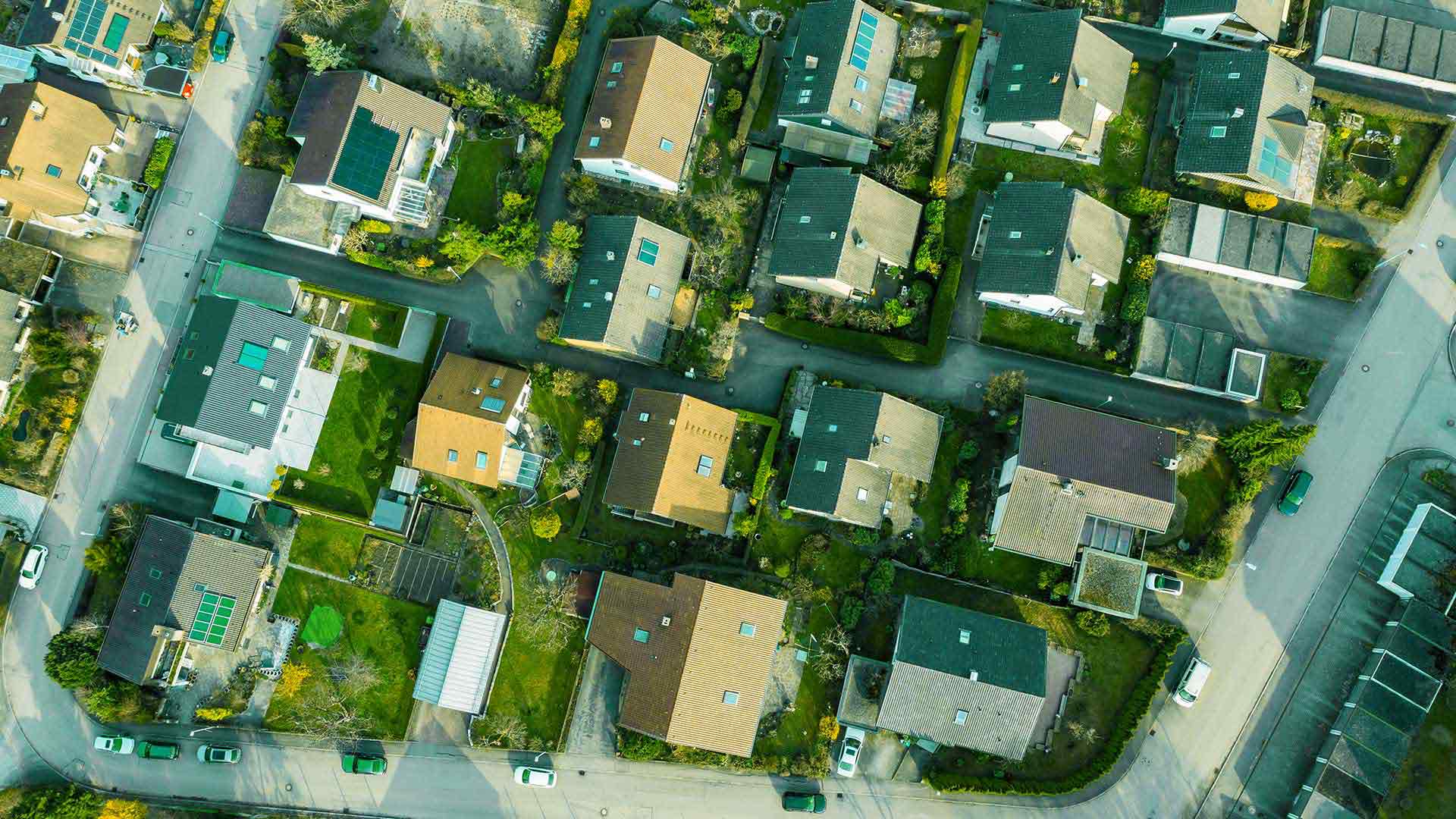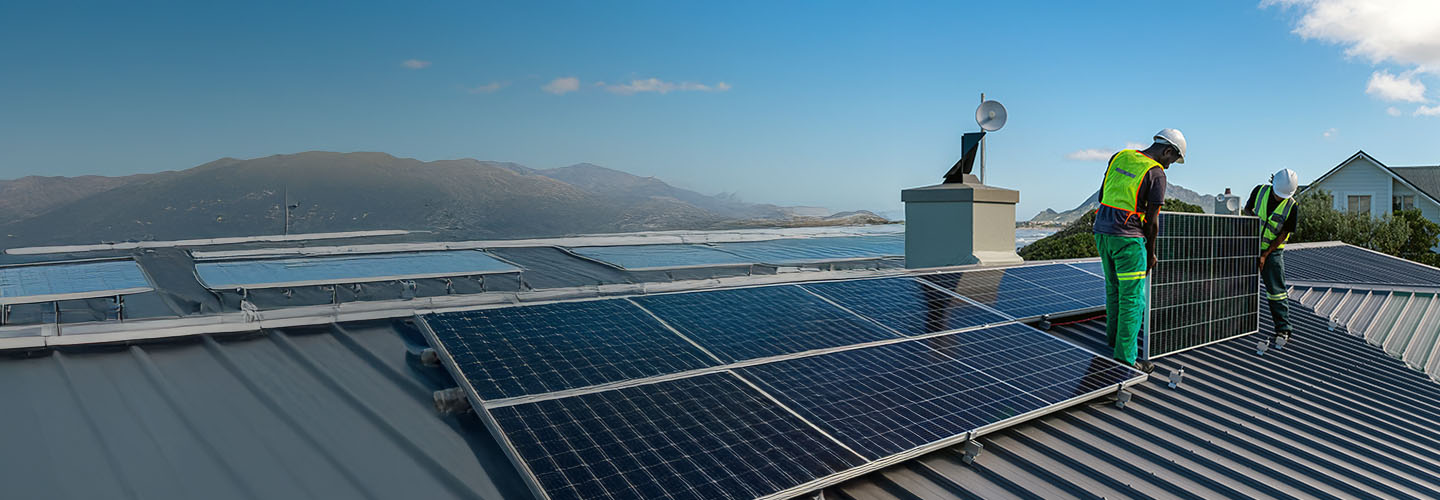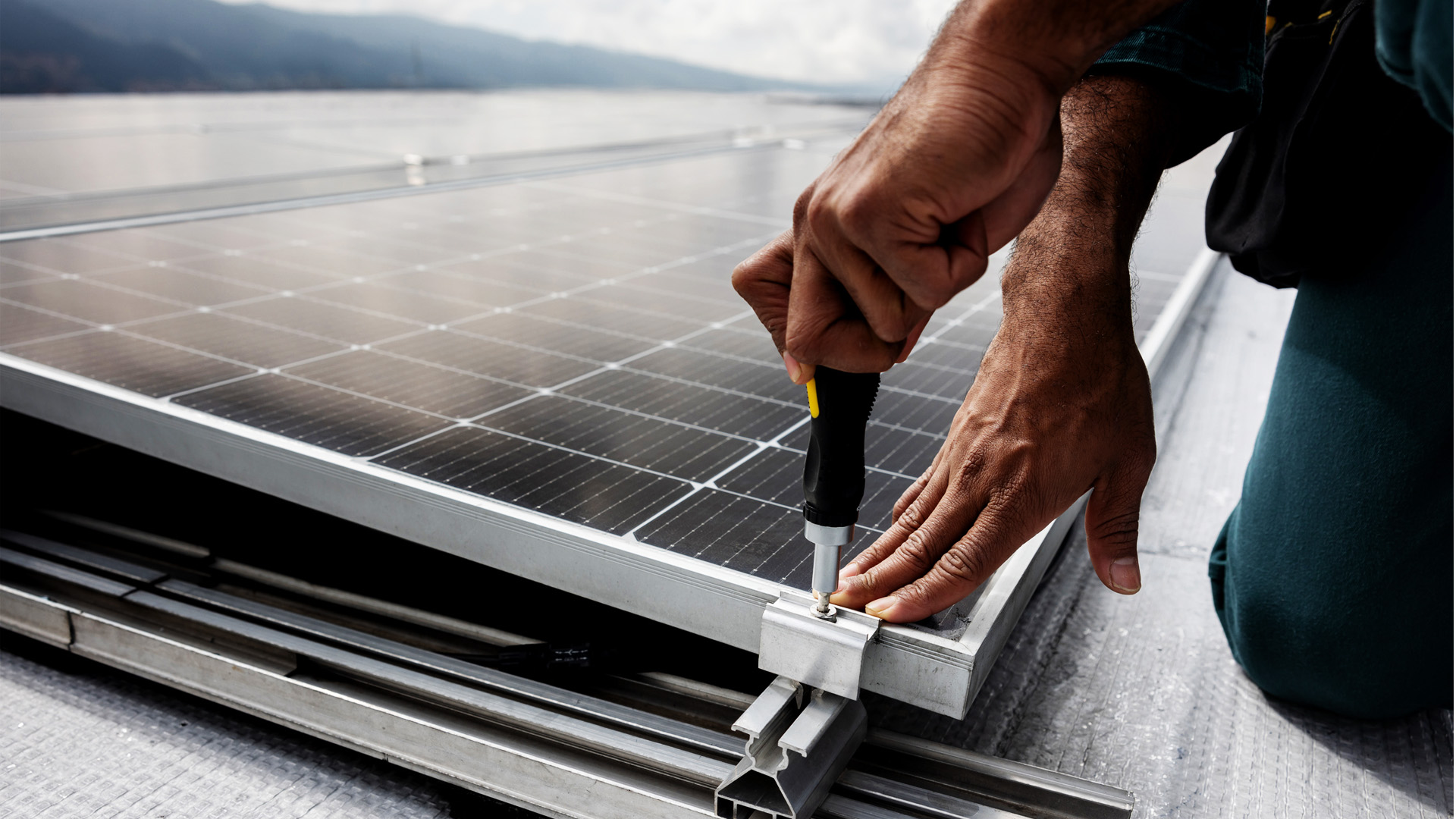The term ‘load-shedding’ was first used in late 2007, so South Africans have been coping with regular power interruptions on the national grid for 14 years. There’s no way of knowing how long this situation will continue, or when we will be able to rely on the grid 24/7 again. Many of us have bought diesel generators to power the essentials in our homes during blackouts, but that solution is noisy and expensive, while contributing to air pollution and greenhouse gas emissions.
The Covid-19 pandemic has drawn this problem into sharper focus. Before 2020, many of us could escape the worst daytime effects of load-shedding at work, in companies or buildings with generators large enough to power multiple offices. But with so many of us now working remotely, creating a cost-efficient, greener way to combat load-shedding in your home makes even more sense.
Solar power is cheaper than ever before, practical, and available
The simplest solution is a battery and inverter system, which will supply your essential electricity needs over a few hours to cover load-shedding, after which it needs to be recharged. But if you recharge it using grid power, you’re paying the same price for grid electricity, and then adding extra expense to store it up and use it when the grid fails to deliver. That’s why it’s worth investing in photovoltaic solar panels that turn sunlight into electricity – whether you just want to recharge a battery and inverter system that provides power during load-shedding, or you’re considering getting off the grid completely.
Rapid advances in technology have driven down the cost of installing a solar energy system, making this far more affordable than you might think – and there are several financing options available. But navigating the world of solar energy and backup power is daunting. How do you work out how much power you need, and which system will provide it best?
Understand your energy use
Understanding how much energy your household uses is the first step in planning a solar installation. It helps you define which solar solution will support your needs and see where you might be able to reduce your consumption overall. Would an air fryer, a microwave and an induction hob use less power than an electric stove and oven, for example? Is direct solar water heating with an instant-heat gas backup more cost-effective than an electric geyser?
Depending on your budget, it might make sense to start by installing a system just to cover your basic power needs during load-shedding
Solar and battery backup solutions are not cheap investments, so it’s important that all systems are correctly designed and sized to ensure that enough power and runtime are available to cover your needs, as well as to ensure optimal return on investment from your solar system. Work with a reputable solar contractor accredited by the South African Photovoltaic Industry Association (SAPVIA – the representative body of the solar PV industry in South Africa), to establish the right balance between solution sizing and your budget.
Are you a low, medium or high user?
Electricity use is measured in kilowatt-hours (kWh); the amount you use and the cost per kWh are included in your electricity bill. If you buy prepaid electricity, you can work out your average usage from the number of kWh that you buy in a month.
Typically, a low-consumption household uses up to 470kWh per month, with an electricity bill in the region of R1,000. Generally, low-consumption homes are smaller, with fewer large appliances. They’ll have up to 2 bedrooms, with no residents over 50, so they tend to stand empty all day. That may have changed over the past 2 years, with more people now working from home. Some low-consumption homes will have been forced to increase their power usage; even more incentive to find a reliable, cost-effective power solution.
A medium-consumption household uses around 970kWh, and their electricity will cost between R2,000 and R2,500 per month. These are average-sized, generally 3-bedroomed homes, with 2 or 3 occupants and someone usually home during the day. Additional appliances may include swimming pool pumps and dishwashers.
High consumers use around 2,100kWh, and their bill would be around R4,500 per month. These are large homes with 4 or more bedrooms and several people home all day. They typically have large gardens, too, so irrigation and maintenance, underfloor heating and extra fridges or geysers may add to the electricity usage.
If load-shedding should continue or get worse over the next 10 or 15 years, you’ll still be spared the inconvenience, stress and lost productivity caused by power failures
These are obviously generalised numbers and examples, to illustrate the average needs for a small, medium or large household when ‘going solar’ – and in all 3 types, existing cooking ranges and ovens may also be electric. Converting to cooking appliances that use less power, or switching to gas, may be important to your overall energy plan. It’s always best to seek expert advice on exactly what your home would need to become energy self-sufficient, so it’s important to find installers accredited by SAPVIA and who use only quality products.
Start with a load-shedding solution
Depending on your budget, it might make sense to start by installing a system just to cover your basic power needs during load-shedding. By adding solar panels and batteries to the system later, you can scale up to a full solar conversion.
As a rough estimate, a backup solution that will provide 2 to 4 hours of power will cost around R70,000 for low-use households, R95,000 for medium-use households and up to R120,000 for high-use households, including installation and certification of compliance. A battery backup will wire into your DB board and provide a seamless transition to backup power when the grid goes down.
Generally, the battery backup should have sufficient capacity to power your lights, fridge, freezer and essential plugs, but will exclude heating appliances like ovens and toasters. But remember, the costs quoted are for a battery backup that recharges from the grid, not a solar panel.
Generate your own power and save up to 95% on your electricity bill
Installing solar panels is a great way to generate your own power and save on your electricity bill every month. The output of a solar system is rated according to its ‘kilowatt peak’ (kWp). Let’s consider a 4.8kWp solar system: this will produce enough power to reduce your electricity bill by up to R1,700 every month. For small homes this would be a saving of almost 95%, for medium homes a saving of up to 80%, and 45% for large homes.
Adding a 10kWh battery backup brings the cost of this turnkey solution to around R189,000, or R2,600 a month over 10 years, if financed at an interest rate of 11%. That’s a higher rate than is generally available at present if you leverage you home loan to fund your solution – an interest rate of 7.25% lowers payments to R2,194 a month. Those payments will also be offset by the drop in your electricity bill.
Building energy independence, step by step
Going completely off the grid requires a solar system capable of producing enough electricity to power your peak consumption, coupled with a battery backup that can power your house during hours where there is no sunlight.
On average, for a low-consumption household this will cost around R150,000, for a medium-sized household about R250,000 and for a large household at least R350,000. On a 10-year loan at 7.25% interest, that translates to monthly payments of R1,761, R2,935 and R4,109, respectively.
This journey to energy independence doesn’t need to be tackled all at once. You will be able to scale your system as your needs grow. Discuss these options, and the stages in which to add them, when planning the conversion with your solar contractor.
Are the savings worth the cost?
Based on the figures in our examples, switching to solar could save you at least R1,700 on your monthly electricity bill from the start. Your loan repayments are likely to be slightly higher than that, so in the beginning you will be paying more for your electricity – in return for the convenience and security of uninterrupted power whenever you need it.
Once your system is paid off, though, the electricity it provides is free. That will add up to a massive saving over the years. Depending on how much power you use, doing a full off-the-grid conversion could take between 11 and 14 years before the money you’ve saved equals the cost of the system; the point at which it has paid for itself.
Using your home loan to finance a solar conversion won’t yield savings overnight, but it will in the long run
But consider these important points:
- The price of grid electricity rose by almost 167% between 2010 and 2020, and 1kWh now costs nearly 3 times what it did 11 years ago. It’s quite possible that the price will continue to rise at that rate for another 10 or 15 years – so any reduction in the amount of electricity you need to buy from the grid is an important saving.
- If you’d started a solar conversion when load-shedding began in 2007, your system would’ve paid for itself already.
- If load-shedding should continue or get worse over the next 10 or 15 years, you’ll still be spared the inconvenience, stress and lost productivity caused by power failures while you wait for your solar investment to pay for itself.
Remember, though, that interest rates may rise during the loan term, raising your monthly payments and increasing the cost of the loan. But even though this means it would take longer before the system has paid for itself, you still end up with a system providing free power, which is a constant saving.
Using your home loan to finance your solar conversion
The most affordable way to pay for your solar installation is to use your home loan, because home loans offer lower interest rates than personal loans. Financing the installation this way could add between R700 and R2,000 to your monthly loan payments, depending on the size of the system you need. Remember, though, that the increase in your home loan instalment will be offset by a decrease in your electricity bill – so the switch may not affect your monthly budget that much.
Nedbank offers 3 ways to pay for your solar installation through your home loan. The first 2 options are the easiest to access if you’ve already been paying off your loan for some time, especially if you’ve been paying more than the minimum monthly instalment. In that case, you could make use of the NedRevolve facility that unlocks any extra money you’ve paid above the minimum repayments or if you’ve made lump sum payments into your home loan. You can do so quickly and easily by transferring funds from your home loan (NedRevolve facility) using Online Banking or the Nedbank Money app into your Nedbank current or savings account.
Your second quick-access option is to apply for a Readvance. This facility is based on how much of your initial debt you’ve already paid off.
Your third option is to apply for a further loan on your existing home loan to cover the cost of your solar installation. This involves registering a second bond that gives you the additional funds you need. To qualify for this option, you need to borrow at least R50,000 and the money must be used to increase the value of your home. The current value of your home must also be higher than the value of your home loan.
This option is effectively a new home loan, so be aware that bond initiation and registration costs will apply. If you like the sound of this but aren’t a Nedbank customer, then you might want to consider switching your home loan.
Using your home loan to finance a solar conversion won’t yield savings overnight, but it will in the long run – once it’s paid for, you’ll have permanent free electricity. Other perks are an uninterrupted power supply and reducing your household’s impact on the environment – both issues that matter just as much as cutting costs.
Learn how Avo Solar can make the process of planning your solar installation with an approved installer easier, and how you can finance your solar system through your home loan, or consider going off grid through asset financing.
Disclaimer
Please note that all costs and financing options quoted in this blog were correct at the time of publication, but are subject to change without notice. Although we update the blogs regularly to keep the information up to date, clients are advised to check current costs and finance options with service providers before making any commitment to solar installation.
This article is for general information only and does not constitute financial advice under the FAIS Act. Nedbank accepts no liability for any loss arising from reliance on this content. Please consult a qualified advisor before making financial decisions.
